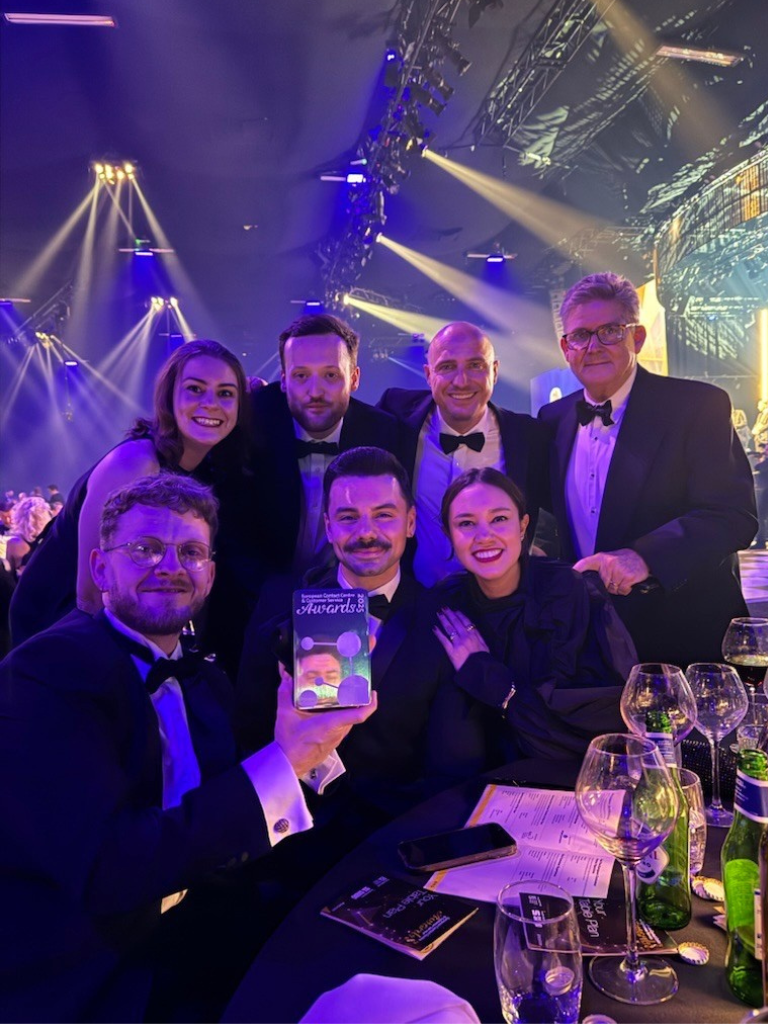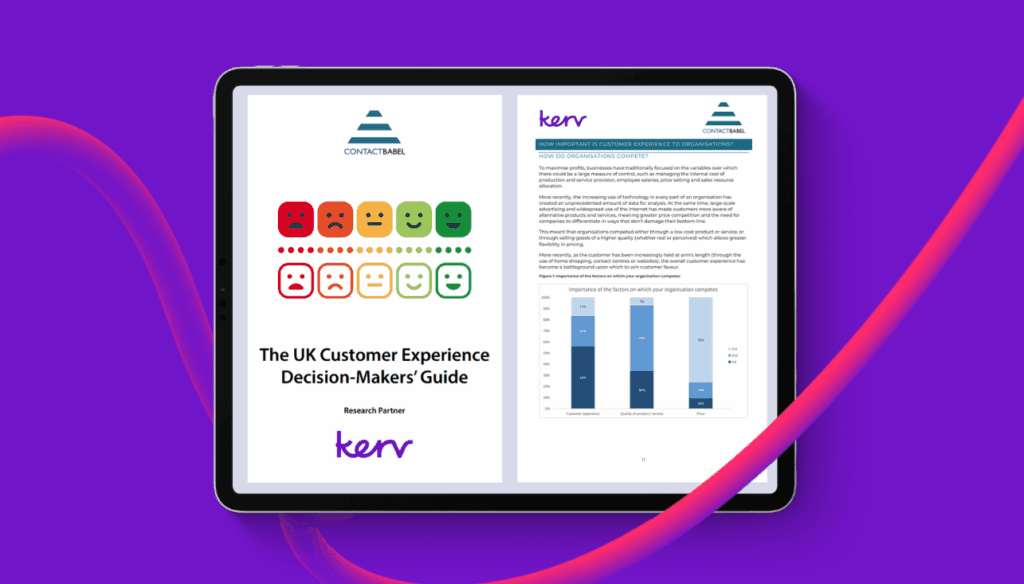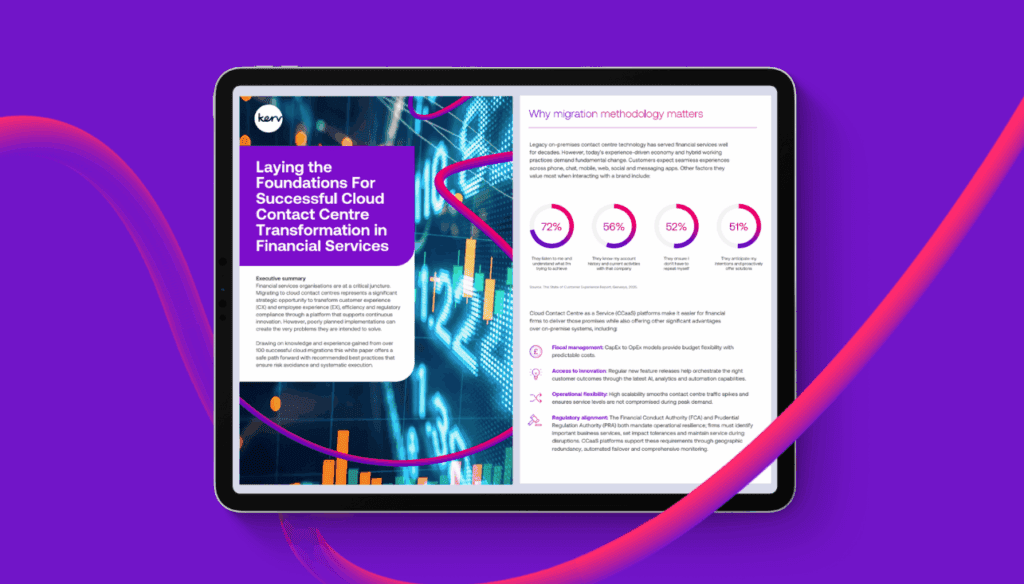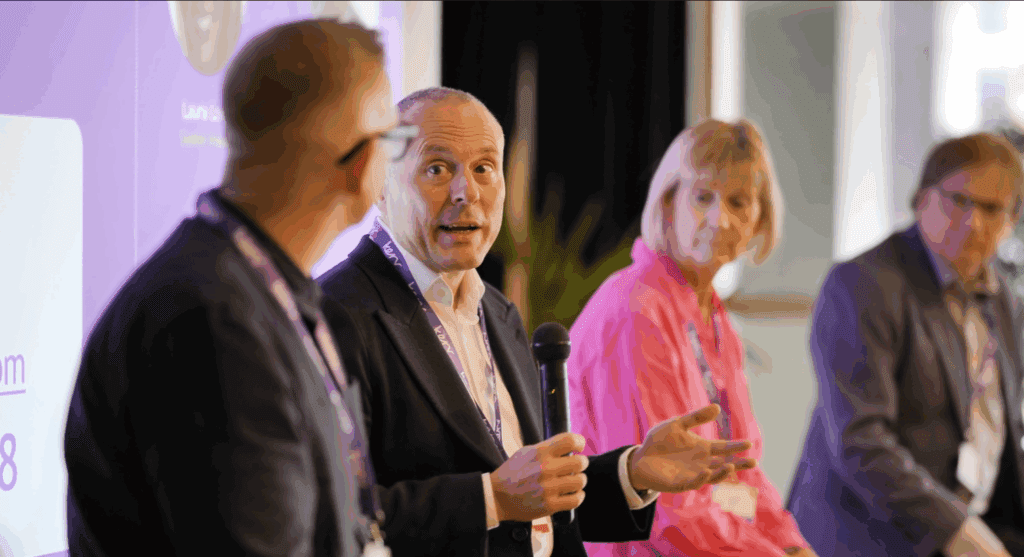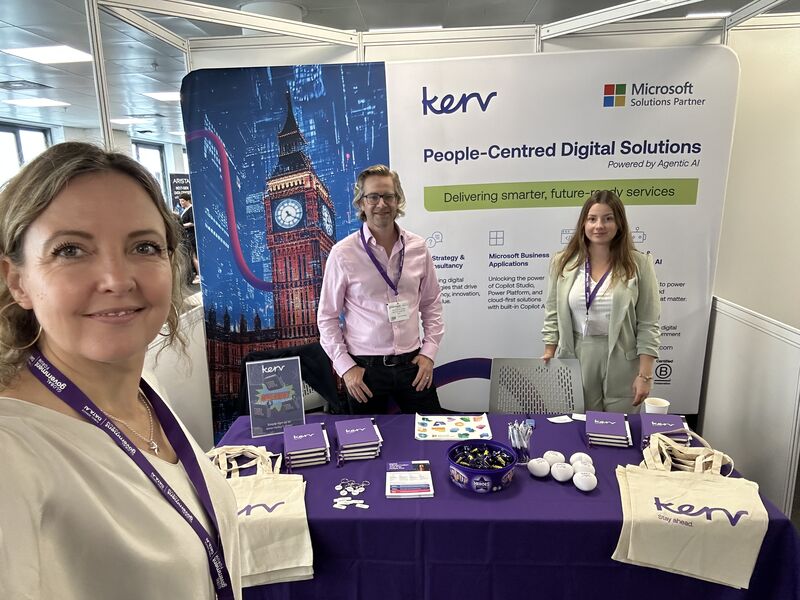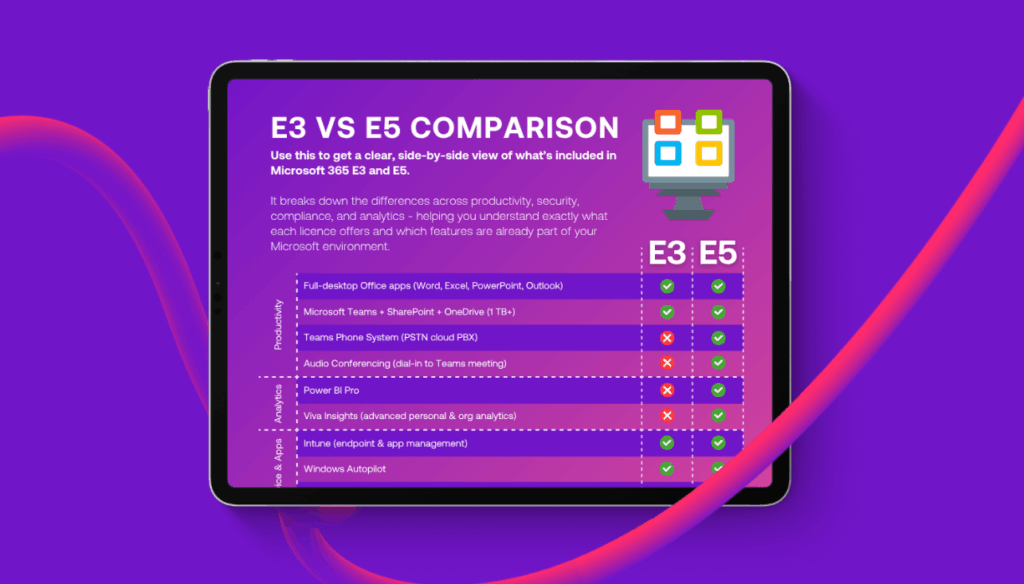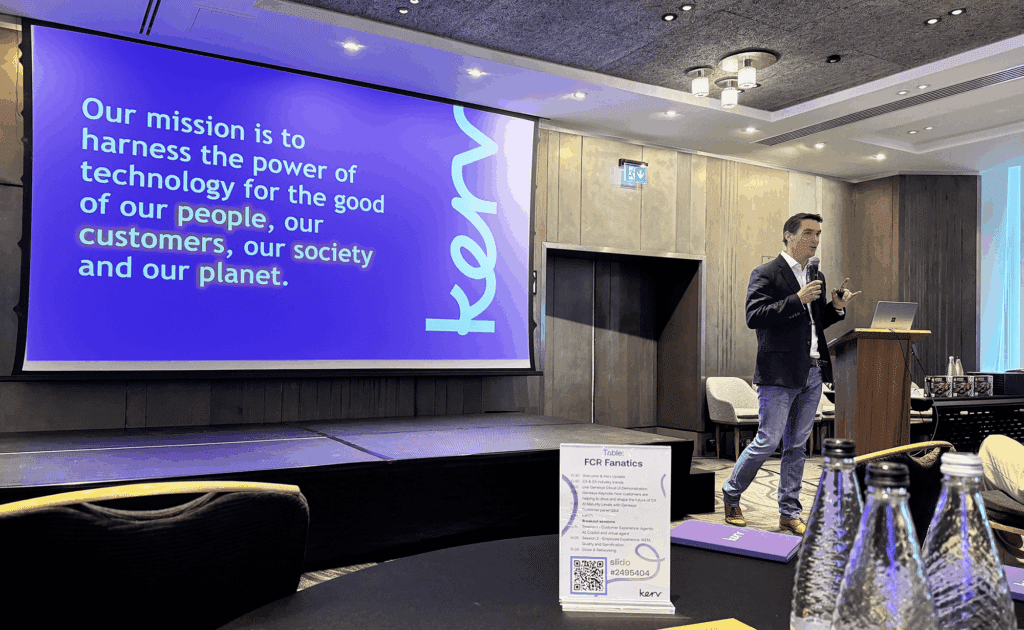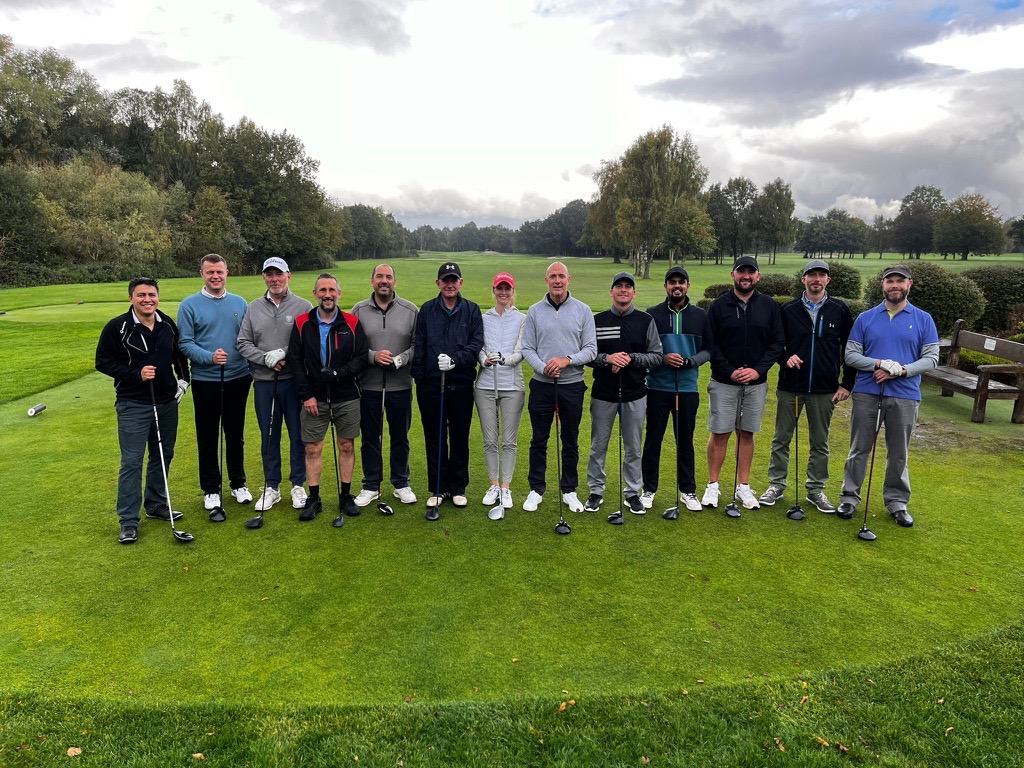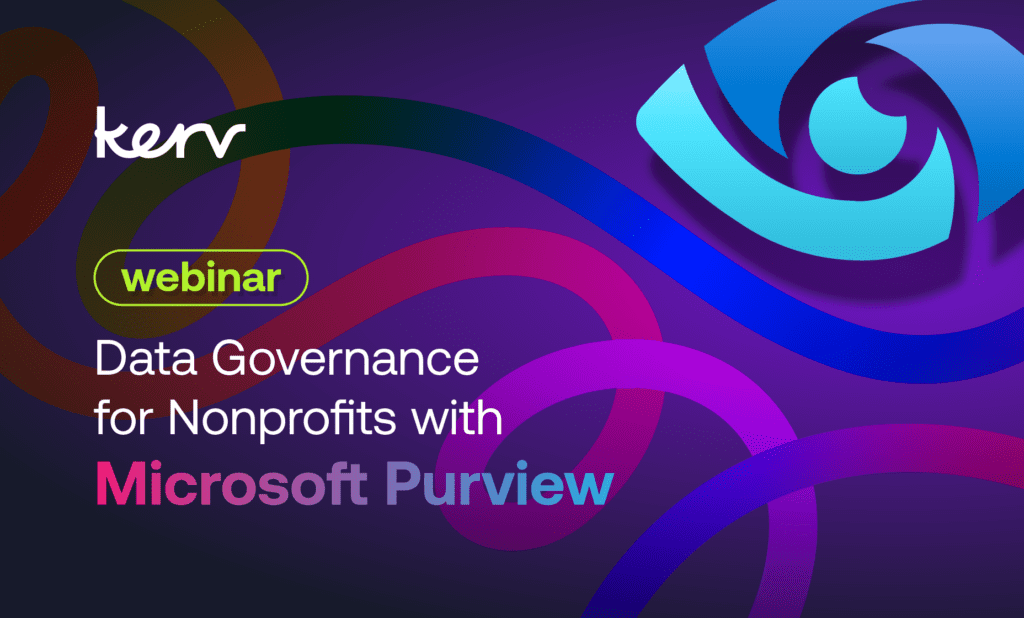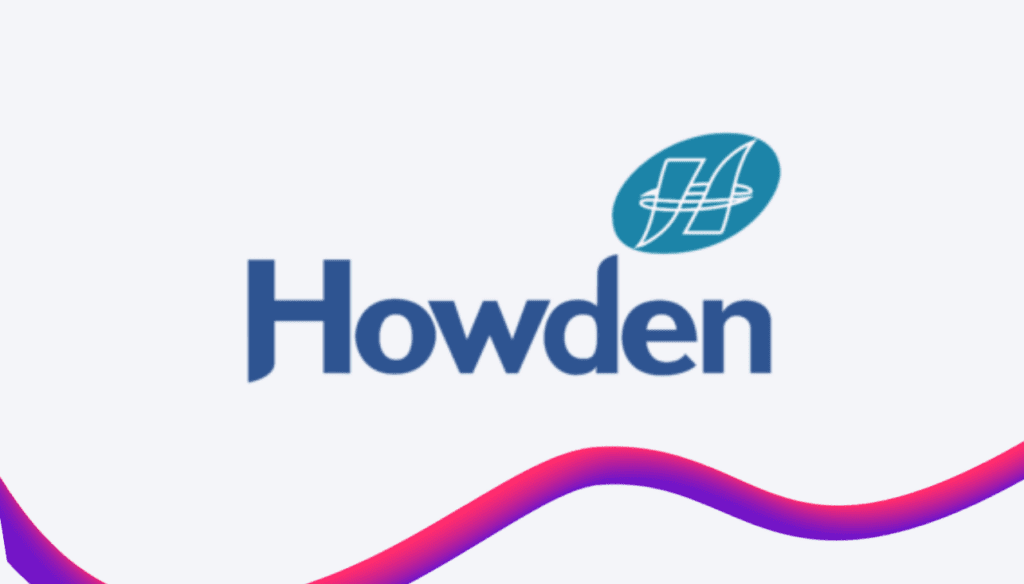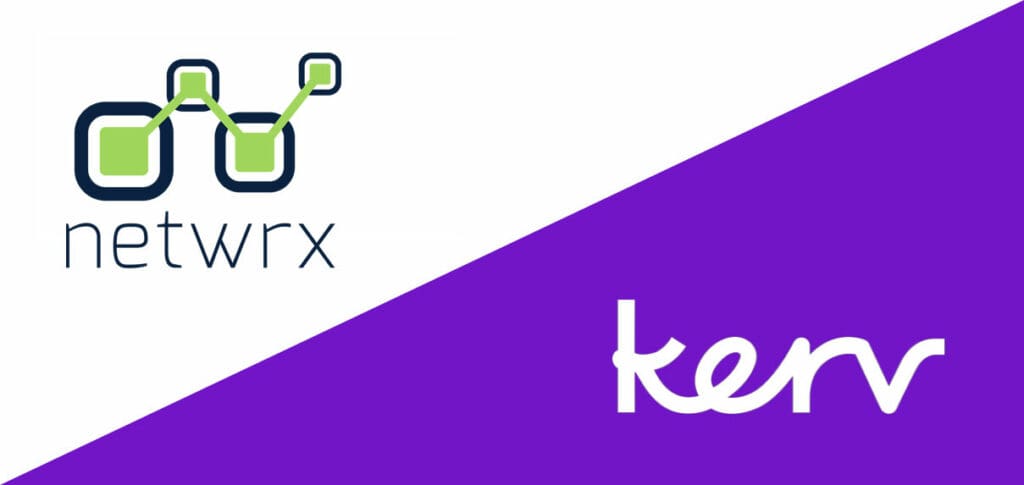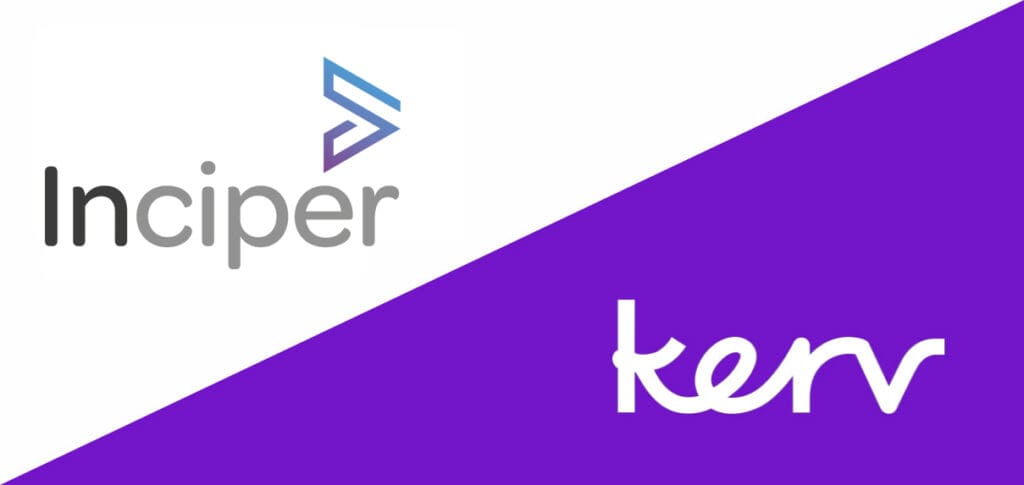The customer initially engaged the team from Kerv Consult to deliver an agile transformation project. Over six-months we delivered an initiative to embed agile ways of working, improve service delivery and improve the overall customer experience.
The customer had already selected their preferred toolset, Microsoft Azure DevOps, for managing delivery activity. They engaged us to ensure that their team adopted the new tool, embedded agile principles and put the customer first. As the services delivered were critical to the business, both the customer and the Kerv Consult team were passionate about embedding improvement at pace.
We started by leading workshops to identify the key outcomes which the joint team wanted to achieve. There were six outcomes identified which were aligned to the company strategy and socialised up to CISO level to ensure that they were of direct value to the company.
These outcomes (slightly modified for anonymisation) focused on:
- Clearly defining the team’s products and services
- Educating internal customers to understand their accountabilities
- Providing customer access to information to manage their risk
- Ensuring the IT Control Framework was clear and understandable
- Improving customer experience
- Ensuring success was measurable
We worked with the team to identify a roadmap of improvement activities that would achieve their 6 key outcomes, with the key focus areas being improving the customer experience and empowering their internal customer to deliver more securely. This formed our backlog of delivery activities, which could be planned into 2-week sprints (applying a tailored SCRUM approach). However, the true agile transformation was about ‘how we worked’ not ‘what we delivered’ and would be achieved on top of this delivery activity.
We started by implementing the ritual of retrospectives, or retros. These are fortnightly meetings to look at ‘What went well?’, ‘What did not go so well?’ and ‘What would we do differently?’. These formed the foundation of a continuous improvement culture, with the team increasing velocity every sprint as they embedded new ways of working and improvements.
The question of ‘What would we do differently?’ was the key focus of the retros, as many valid and useful suggestions were brought up in this section, which challenged the current method and strengthened the ability to deliver the outcomes the team had identified.
In addition to challenging the processes and methodology through retros, we embedded regular stand-ups to track what needed to be achieved within the sprints. The team used this time to focus on removing their biggest bottlenecks by the end of every sprint and allowed the right people to team together to focus on to delivering their milestones. Soon the team had adopted the agile practices into their day to day delivery and it increased the pace of productivity.
Some simple examples of the improvements identified and embedded were:
- Embedding effective stand-up sessions
- Defining clear acceptance criteria in advance
- Story point estimation
- Implementing customer feedback loops and processes
- Refining how the products could be accessed by customers
- Identifying and swarming onto bottlenecks and blockers
- Driving backlog prioritisation aligned to strategic objectives
The core delivery activities (i.e. what was being delivered) were always focused around key customer outcomes listed above. However, in parallel the team was adopting an agile culture and constantly changing and improving the way that they worked.
Following an initial series of 12 sprints and their associated retros, the team had improved their throughput by 335%. These improvements were measured and evidenced by both effort and number of work items completed. This improvement was down to the customer embedding more agile ways of working, underpinned by the Kerv Consult team led agile transformation.
Following the success of the first engagement, the customer engaged Kerv Consult for a second project to deliver further transformation, focussing this time on a clear integrated risk management approach to governance, risk and compliance. This included defining both clear measures and metrics to ensure clarity as to how the risks were being mitigated and a clear value chain between different cyber security services.






